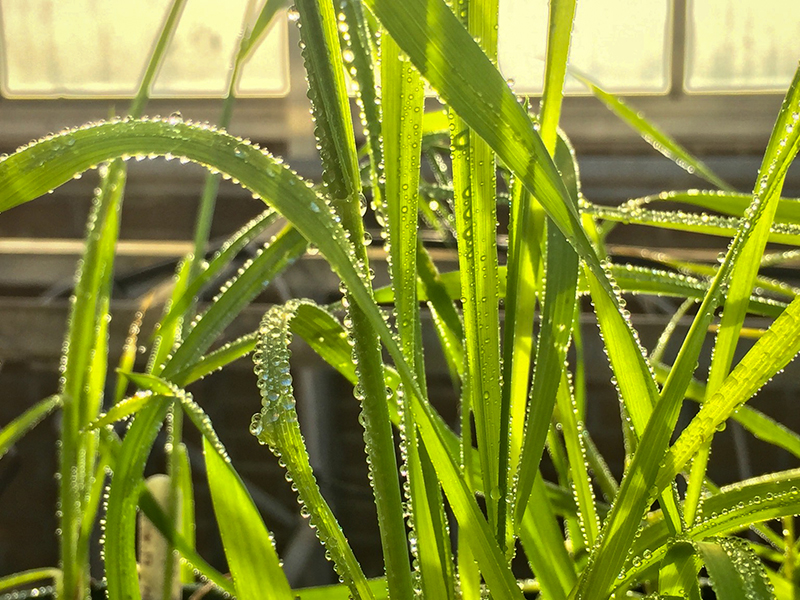Genetics

Climate change is a global issue. It affects our environment and our food supply.

Increasing temperatures, changing rainfall patterns, and extreme weather events influence crop yields and where crops can live. These events limit the number of crops humans can use.

It’s a fact - humans love sugar. For those of us who also like to watch our calories, sugar substitutes can help.
Some zero-calorie or low-calorie sweeteners have attracted bad reputations for containing unnatural ingredients. But there are also natural sweeteners derived from plants, like stevia.

In recent years, hummus has become a pop culture food phenomenon, drawing praises from dieticians for the health benefits and chefs for the flavor.

However, the core ingredient, the chickpea, has had its production threatened.

Yams are a staple food in West Africa, which produces over 90% of the world’s yams each year. Yams play a key role in the food security, economic income, and traditional culture for the region.


The United States Department of Agriculture identifies a group of “big eight” foods that causes 90% of food allergies. Among these foods are wheat and peanuts.


Food allergies are a big problem. About 7% of children and 2% of adults in the U.S. suffer from some kind of food allergy. These allergies cost a whopping $25 billion in health care each year. Then there’s the time lost at school or work. And there’s the risk of serious complications, even death.

Rice is one of the most important global cereal crops. More than half of the world’s population depend on rice as their primary source of energy from food.


Earth is getting hotter. Huge amounts of greenhouse gases are warming the planet and altering the climate. Heat waves are harsher. Droughts are longer. And some diseases and pests are stronger than ever.




